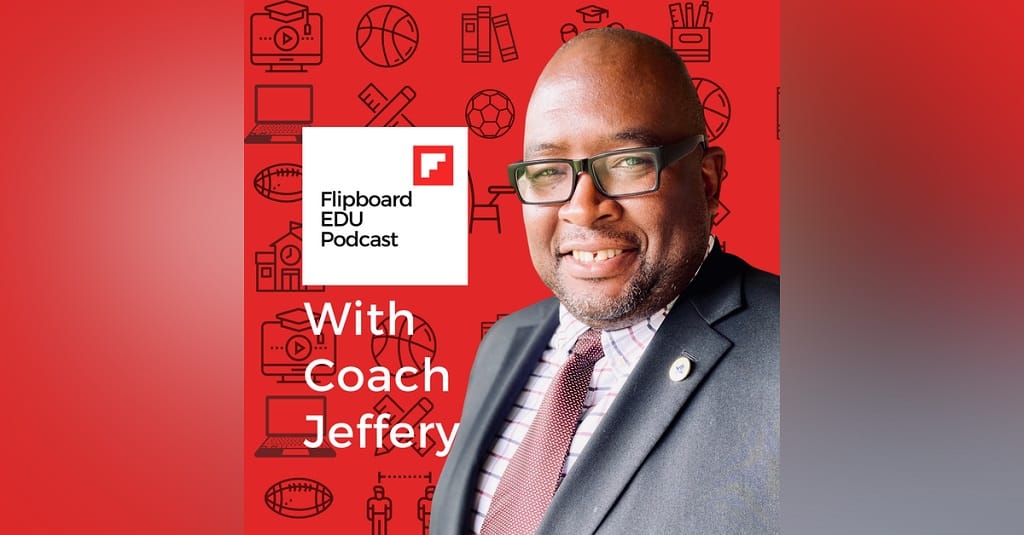Students Should Be Able To Choose Online Learning When In-Person Classes Resume: Principal
March 23, 2021 – Assistant principal William Jeffery has noticed a trend. In an interview with Broadband Breakfast on Monday, the assistant principal at Columbia High School in the Columbia-Brazoria Independent School District in Texas said some of his students don’t do well with virtual learning, w












Member discussion